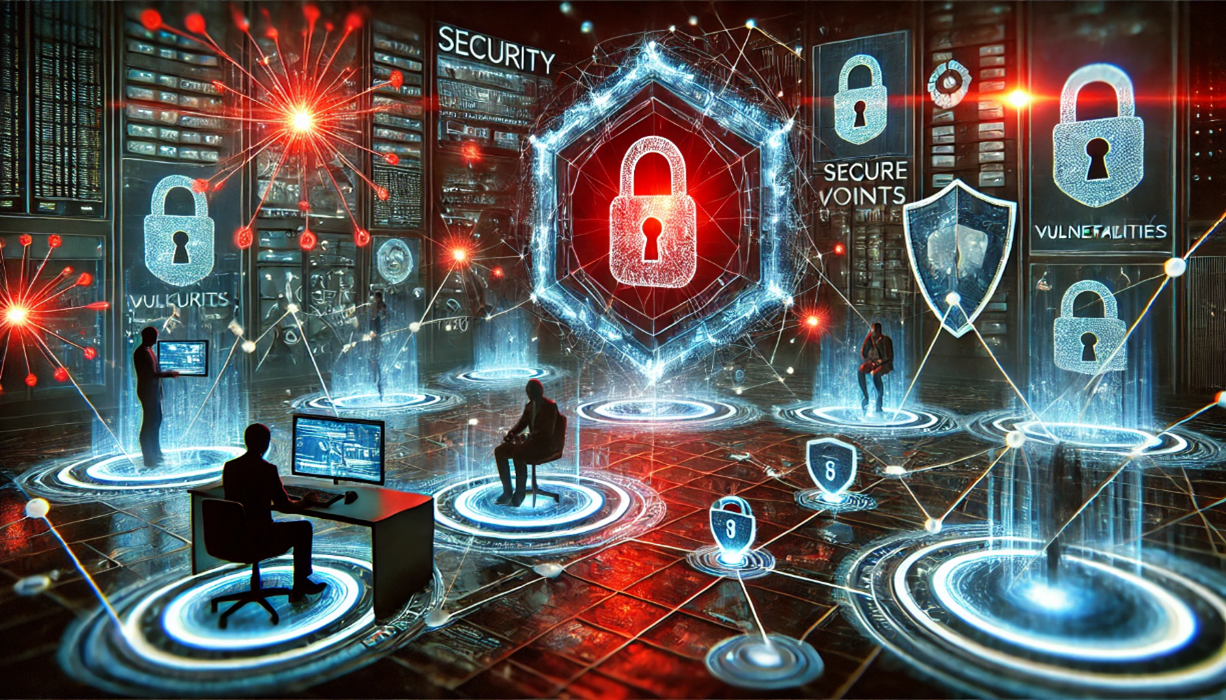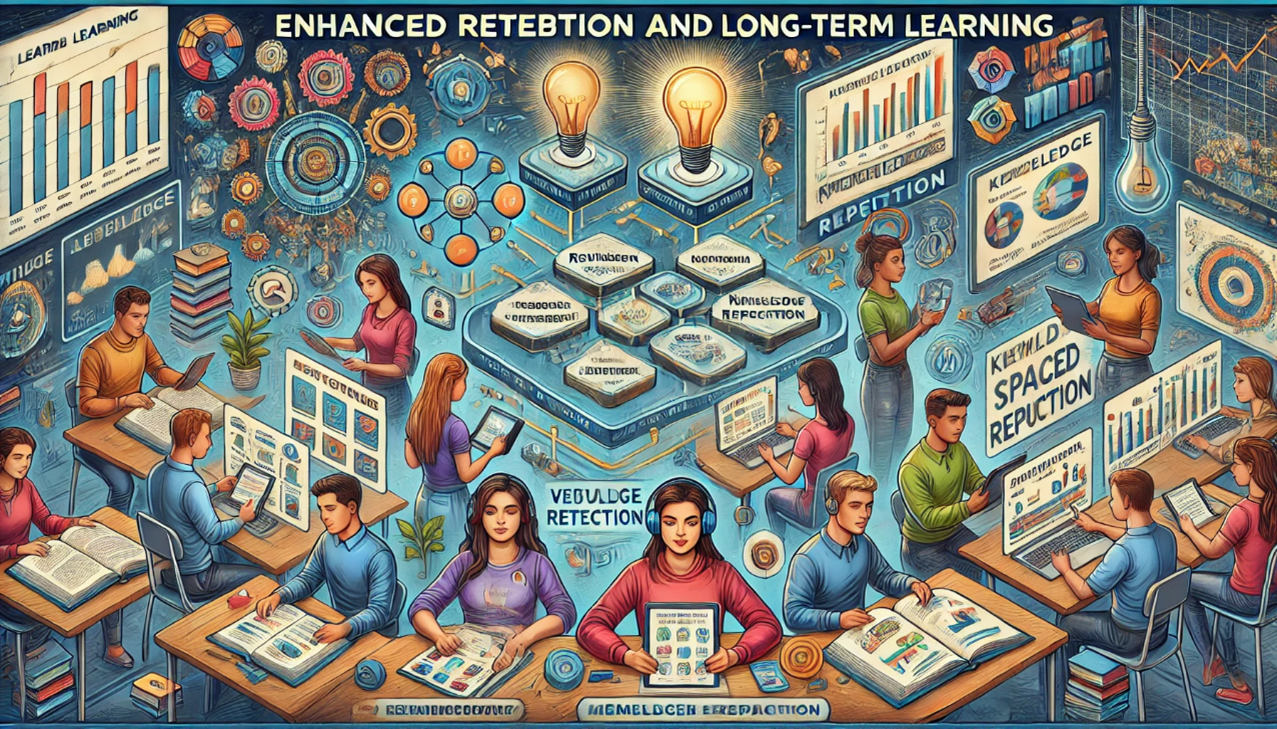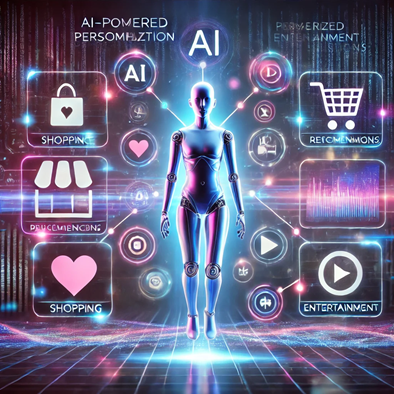What risks exist in using AI to manage public systems (e.g., energy grids, water)?

What risks exist in using AI to manage public systems (e.g., energy grids, water)?
by Nathaniel 03:53pm Jan 30, 2025

What risks exist in using AI to manage public systems (e.g., energy grids, water)?
Using AI to manage public systems such as energy grids, water distribution, and other critical infrastructure offers significant potential for efficiency and optimization, but it also introduces several risks that need to be carefully managed. Below are key risks associated with the use of AI in public systems:
1. Security Vulnerabilities
AI systems managing public infrastructure are vulnerable to cyberattacks, which can disrupt essential services and create large-scale problems.
Cybersecurity Threats:AI-controlled systems, especially in critical sectors like energy and water, are prime targets for cyberattacks. If attackers gain access to AI-driven infrastructure, they could cause widespread disruptions, such as power outages, water contamination, or system shutdowns. For example, AI systems controlling the energy grid could be hacked to manipulate power distribution, potentially causing blackouts or economic damage.
Autonomous System Hijacking: AI-based decision-making systems that operate autonomously without human intervention may be hijacked and manipulated to cause harm. The lack of oversight and accountability in autonomous decision-making systems could make them more vulnerable to malicious activities.
2. Algorithmic Bias and Inequity
AI systems are only as good as the data they are trained on, and biased or incomplete data can lead to unfair outcomes that disproportionately affect certain communities.
Resource Allocation Disparities: In public systems like energy and water management, biased AI algorithms could lead to inequitable resource distribution. For instance, an AI system managing water supply could, based on biased data or misaligned priorities, allocate more resources to affluent neighborhoods while neglecting underprivileged areas.
Unintended Consequences: AI systems might inadvertently prioritize efficiency over equity, resulting in policies that benefit some populations at the expense of others. For example, an AI-powered energy grid that prioritizes renewable energy sources may not adequately support communities that rely on non-renewable energy in the short term.
3. Transparency and Accountability
AI systems can be highly complex and operate as "black boxes," making it difficult to understand how decisions are made or to hold the systems accountable when something goes wrong.
Lack of Transparency:When AI algorithms make decisions without human input, it can be difficult for stakeholders (e.g., government officials, citizens) to understand how those decisions were reached. This lack of transparency may lead to public distrust, especially in critical services like energy and water supply.
Accountability Issues:If an AI system causes an error or failure (such as a water supply failure or energy grid outage), it may be unclear who is responsible. Is the fault with the technology, the developers, or the decision-making processes of the organizations using the AI? This lack of clear accountability can complicate efforts to address problems and implement corrective measures.
4. Over-reliance on Automation
While AI can improve efficiency, over-relying on AI in critical public systems can reduce human oversight and lead to disastrous outcomes when something goes wrong.
Loss of Human Control:As AI systems take on more management roles in public infrastructure, human oversight may diminish. In the event of an AI malfunction or an unexpected situation, there may not be sufficient human intervention to correct the issue before it escalates. For example, in the case of an AI mismanaging a power grid, a failure to intervene quickly could cause large-scale disruptions.
Systemic Failures:An over-reliance on AI might create vulnerabilities in the overall system. If the AI system fails or encounters an unexpected situation, the entire system may collapse due to a lack of fail-safes or human intervention mechanisms.
5. Data Privacy Concerns
AI systems managing public infrastructure rely on vast amounts of data, raising concerns about the privacy and security of personal information.
Surveillance and Data Collection: AI systems in public systems often collect detailed data on individuals' behaviors, usage patterns, and interactions with public services. In the case of energy or water usage, this could include sensitive consumption data that, if misused, could violate privacy rights.
Data Mismanagement:The collection and use of large amounts of data also raise concerns about data security and unauthorized access. If data is not properly protected, it could be exposed to data breaches or theft, compromising sensitive information about individuals or public systems.
6. System Complexity and Unintended Interactions
AI algorithms designed to optimize one aspect of a public system may have unintended interactions with other parts of the system, leading to negative outcomes.
Unintended Consequences: AI models are often trained to optimize for specific goals (e.g., energy efficiency), but they may not account for the broader complexity of the system. For example, optimizing water distribution for efficiency might inadvertently affect water quality or lead to imbalances in supply, affecting the most vulnerable populations.
Complexity in System Interactions: Public systems are highly interconnected, and AI models may not fully capture the complexity of these interactions. For example, optimizing traffic flow using AI might inadvertently increase congestion in other parts of the city or impact air quality by increasing emissions in areas that were not adequately considered.
7. Ethical Concerns in Decision-Making
AI-driven systems may make decisions that have significant ethical implications, especially when these decisions affect the well-being of citizens.
Lack of Ethical Guidelines: Without well-defined ethical frameworks, AI systems may make decisions that prioritize efficiency or cost-saving over the well-being of individuals. For instance, AI-based water management systems might cut off supply to low-income communities during droughts to preserve resources, even if those communities face disproportionate impacts from the shortage.
Moral Responsibility:When AI systems make life-impacting decisions, such as resource distribution during a crisis or disaster, the ethical implications can be profound. For example, AI-based energy grids may prioritize certain groups or sectors over others in ways that are not equitable or fair, potentially exacerbating inequalities.
8. Regulatory and Legal Challenges
The implementation of AI in public systems is often ahead of regulatory frameworks, creating uncertainty and legal challenges.
Lack of Regulations:AI technologies are evolving rapidly, and many jurisdictions lack clear regulations regarding their use in public systems. The absence of standards and regulations can lead to inconsistent or risky implementations of AI in critical infrastructure.
Legal Liability:If an AI system malfunctions or causes harm (e.g., in the case of an energy grid blackout or water contamination), the legal question of who is liable can be complex. The developers, operators, or users of the system may all claim to be exempt from liability, leaving citizens without clear recourse.
9. Environmental Risks
While AI can help improve the efficiency of public systems, it may also introduce environmental risks if not carefully managed.
Energy Consumption of AI: AI models, particularly large-scale ones, require substantial computational resources, which can result in high energy consumption. In energy or water management systems, AI could create a paradox where the technology itself demands more energy than it saves, negating the environmental benefits.
Environmental Sensitivity: AI systems controlling critical infrastructure need to be able to adapt to rapidly changing environmental conditions (such as weather events or climate change). Failing to account for environmental sensitivities could lead to system failures or inadequate responses to environmental challenges.
10. Economic Impact
The integration of AI into public systems could have economic consequences, particularly in terms of job displacement and the cost of maintaining sophisticated AI systems.
Job Displacement:As AI systems take over more roles in managing infrastructure, some jobs traditionally held by humans, such as in energy distribution or water management, may be displaced. This could lead to unemployment or a shift in labor markets that leaves some workers without new opportunities.
High Initial Costs:The initial investment required to implement AI in public systems can be substantial. While AI can lead to long-term savings and efficiency gains,cities or governments may face financial strain during the implementation phase, especially if the technology doesn’t deliver immediate returns.
Conclusion
While AI holds significant promise for optimizing public systems like energy grids and water distribution, its implementation presents numerous risks that need to be addressed. These risks include cybersecurity threats, algorithmic bias, lack of transparency and accountability, over-reliance on automation, data privacy issues, and ethical concerns. Proper safeguards, including robust regulations, transparent decision-making processes, regular audits, and human oversight, are essential to mitigate these risks and ensure that AI is deployed responsibly for the benefit of all citizens.






